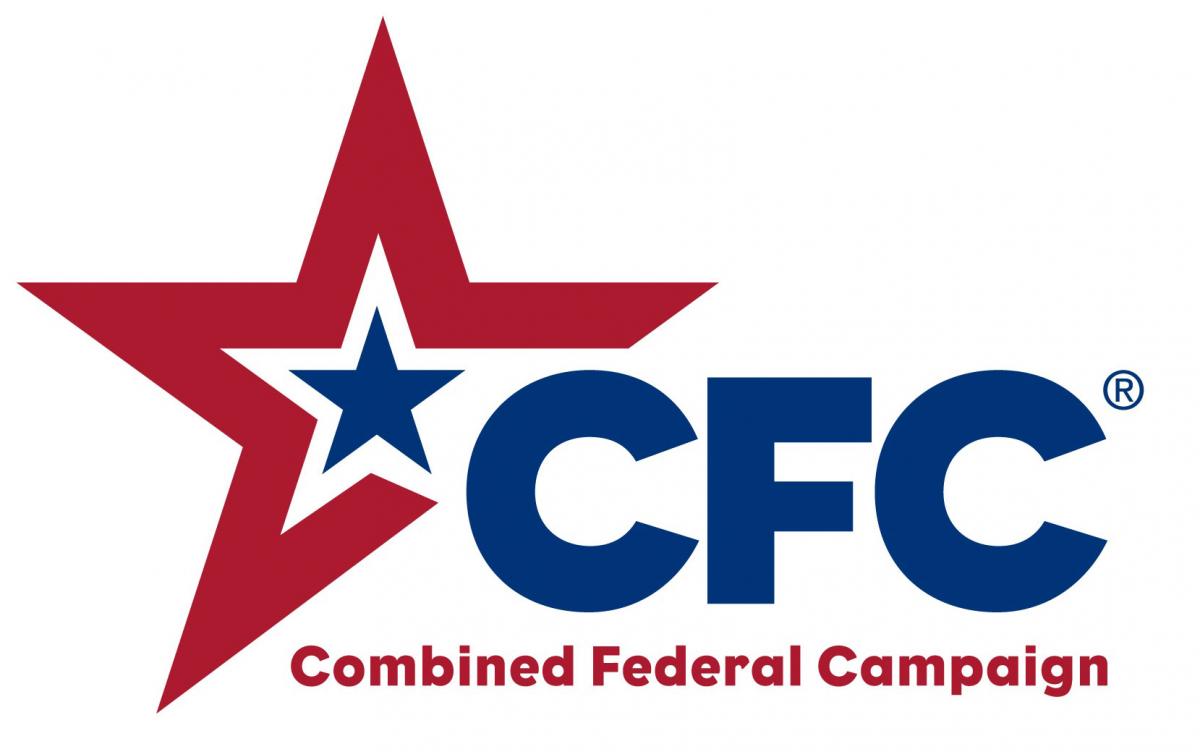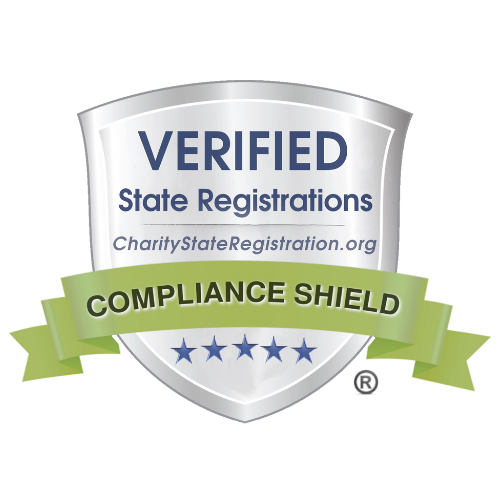DHS and DOJ Issue Interim Final Rule on Credible Fear Screenings and Consideration of Asylum Claims by USCIS Officers
Last Updated
The Department of Homeland Security (DHS) and Department of Justice (DOJ) have jointly issued an interim final rule to revise the processing of certain applications for asylum, withholding of removal, and protection under the Convention Against Torture (CAT).1 The timing of this rule coincides with the end of Title 42, a legal procedure used to expel hundreds of thousands of asylum seekers from the United States without a hearing or due process. Title 42 of the U.S. Code, section 265, was used under both the Trump and Biden administrations to prohibit the entry of individuals into the United States based on the COVID-19 pandemic. This section allows the Director of the Centers for Disease Control and Prevention to prohibit the entry of individuals if they present a danger of introduction of a communicable disease.
The Biden administration has announced that Title 42 will end on May 23, 2022. The goal of the new regulations is to speed up the asylum process in response to the expected increase in individuals who will seek asylum in the United States with the intention of completing the asylum process within six months.
The notable regulatory changes in the interim final rule include authorizing asylum officers within U.S. Citizenship and Immigration Services (USCIS) to adjudicate the asylum claims of individuals who receive a positive credible fear determination after being placed into expedited removal. Following a positive credible fear interview (CFI) the applicant will be provided an Asylum Merits interview in which USCIS will decide whether to grant asylum, and, if necessary, determine the applicant’s eligibility for withholding of removal or protection under the CAT. Prior to this rule, those cases were decided only by immigration judges within the DOJ’s Executive Office for Immigration Review (EOIR). USCIS will issue a Notice to Appear (NTA) to any noncitizen not granted asylum by USCIS after an Asylum Merits interview. The proceedings before the Immigration Judge are to be concluded pursuant to a “streamlined” processing timeline.
Summary of the Proposed Amendment to the Asylum Regulations for Individuals Subject to Expedited Removal Who Have a Credible Fear of Persecution or Torture
The interim final rule, once it goes into effect on May 31, 2022, will make the following changes to the asylum regulations:
- DHS and DOJ will generally return to the regulatory framework governing the credible fear screening process in place before the Trump administration’s various proposed regulatory changes that would have heightened the screening standard. Specifically, the proposed regulations will return to the intentionally low “significant possibility” screening standard in place prior to the Trump’s administration’s attempt to heighten the screening standard. The regulations also return to the historical practice of not applying the mandatory bars to asylum at the credible fear screening stage.
- The regulations amend the definition of “asylum application” to provide that a written record of a positive credible fear interview satisfies the asylum filing requirements for all purposes, including the one-year filing deadline and eligibility for employment authorization.
- The regulations also create a new Asylum Merits interview process for those who receive a positive credible fear determination. Those individuals who receive such a determination will be scheduled for an Asylum Merits interview for USCIS to consider their asylum application in the first instance.
- For those individuals not granted asylum by USCIS during the Asylum Merits interview process, the regulations create a new process for such asylum cases to be referred to EOIR and proceed on an accelerated timeline. There are strict rules about the timing of the commencement of proceedings, service of documents, scheduling of hearings, and granting extensions and adjournments. There are additional rules regarding the form of the asylum application, the consideration of evidence and testimony, and the weight of the USCIS determination on an individual’s withholding or CAT applications, all intended to fast-track the process.
- Finally, the new regulations specify that parole under INA § 212(d)(5) is the only avenue for release from detention pending the Asylum Merits interview and subsequent removal proceedings. The regulations also provide that this parole cannot serve as an independent basis for employment authorization.
CLINIC will soon be releasing a practice advisory for practitioners that explains how the new regulations will affect their clients. CLINIC submitted a comment on the proposed rule, agreeing with the administration’s plan to approve straightforward asylum cases following credible fear interviews but raising significant concerns about the due process rights of asylum seekers in proceedings under this new rule. The interim final rule has not substantively addressed these concerns as it continues to focus on streamlining the asylum process rather than protecting the rights of vulnerable asylum seekers.





